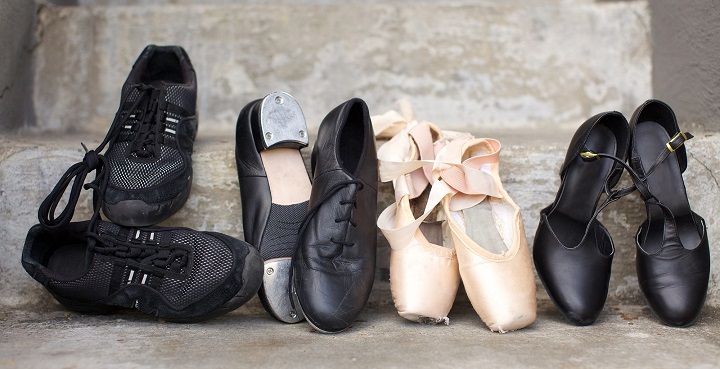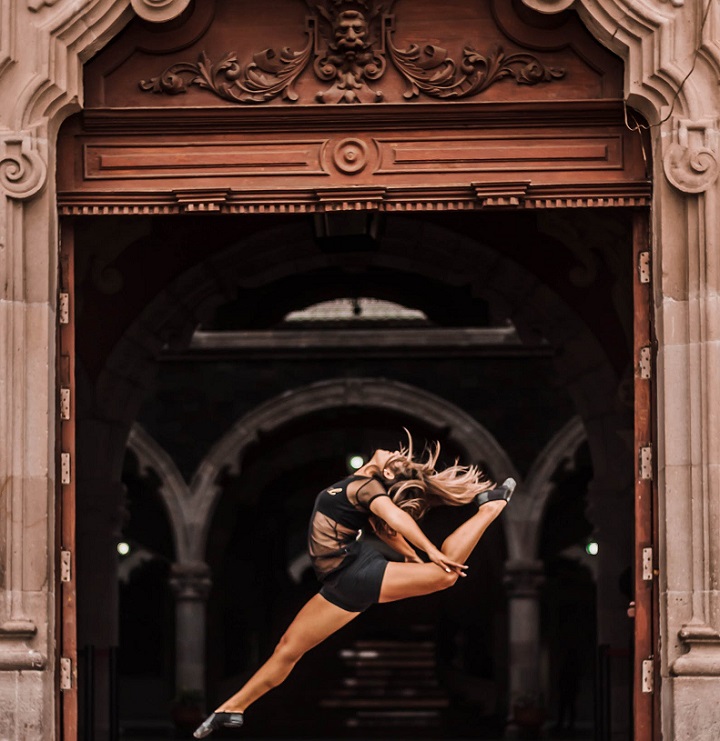For many dancing styles, there isn’t a more important tool than proper dance shoes. Shoes affect comfort, performance, stability, balance, safety, and more. Dancing is one of those activities that come with a huge number of benefits for both your physical and mental health. So, it makes sense to ensure you get the most of it while staying comfortable, pain-free and safe.
Of course, buying shoes carefully, and with comfort and quality in mind, is important every time anyone buys footwear, but it is crucial when you need a pair for a special activity, such as dancing. Our feet support the entire weight of our bodies, as well as the impacts of each of our movements, whether it’s light walking or jumping. This is why you should compromise on the health of your feet and always aim to find the best option – a pair that is gorgeous, made from quality materials, and comfortable.
However, buying the proper shoe for dancing isn’t only about comfort, beauty and style. It’s rather a way to become a better and more confident dancer, and more importantly to be as safe as possible. And this is crucial for any dancer regardless of whether they dance professionally or as a hobby, whether they’ll use the shoes at their at-home studio, at school, or for performance.
The Different Types of Dancing Shoes

There are many different types of dancing shoes, depending on the dancing style, the specific movements, the dance floors on which it is performed, and so on. So, if you are practicing jazz dance, you need a pair of jazz shoes, if you are a classical ballet dancer, you need a pair of ballet shoes and a pair of pointe shoes, etc. These specific shoes for specific dancing styles are also quite beautiful and are an important part of the breath-taking attires worn by dancers. Each shoe for dancing is made to suit the movements and needs of the dance it is made for. However, some shoes are used for more types of dances.
- Jazz shoes, also used in acro dance and acrobatic rock’n’roll, have a two-part sole and a short heel, with laces for more security and a suede patch that helps with turning.
- Pointe shoes are designed to provide support to ballet dancers to go on their toes. They have a box that supports the toes, in the front of the shoe.
- Tap shoes feature metal taps, which are attached to the heel and the bottom of the toe area.
- Ballroom dancers wear ballroom shoes. Female classic ballroom dancers wear lower heels designed to distribute the weight evenly across the foot, whereas female Latin American ballroom dancers wear higher heels, up to 7,6 cm. Men’s classical ballroom shoes feature a 3 cm heel, whereas men’s Latin American ballroom shoes feature a 5 cm heel.
There are many other types of shoes for many different dancing disciplines, from character shoes all the way to shoes made for different types of folk shoes. However, there are also dancing styles that borrow other types of shoes for dancing – like acrobatic rock’n’roll, use shoes that weren’t designed specifically for dancing – like hip-hop dancing and urban street dance or even don’t use shoes at all – like modern dance, contemporary ballet.
The Most Important Things to Consider

Choosing the right model, regardless of the type of shoes for dance you are looking for, when it comes to the visual aspect, is quite easy. You may choose it to suit your personal taste, or to suit the requirements of the dancing school, especially for performance. While aesthetics, though key, depends on many things, there are other factors that can help you determine whether the dance shoes you like are good enough for your feet.
Each dancing shoe designed for a specific discipline has features that are there to help the dancer perform the movements better – provide the right amount of flexibility, ankle support, toe support, etc. This is why it’s important to go for the right type of shoe if the style has one. However, to make sure that you get the most of it – the best support, balance, comfort, you also need to make sure that the shoes fit you perfectly.
Shoes that don’t fit are always uncomfortable, but when it comes to a pair that you will use to do all kinds of movements, it can even be dangerous. Make sure that you are getting the right size. The dance shoe shouldn’t be too tight but it also shouldn’t be too loose. Moreover, you need to make sure that the dancing shoes you are choosing are made of quality and suitable materials, and that they are well-crafted. Always choose the best quality you can afford, because a bigger investment means better protection, better performance, and, also, better foot health.